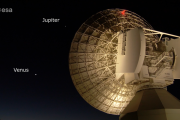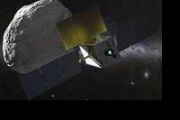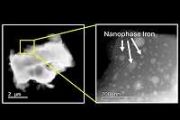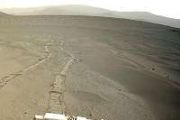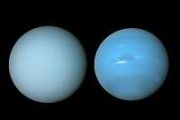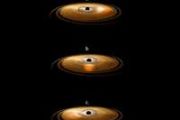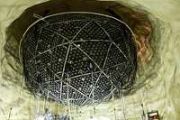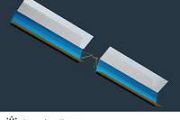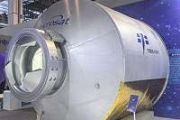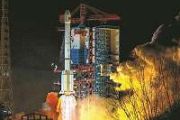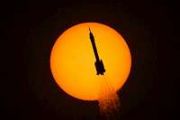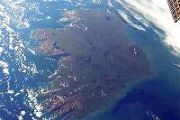
Copernical Team
Hey Siri, fix my spacecraft! A virtual assistant could help astronauts handle unexpected space mission issues
This request seems a bit unusual, so we need to confirm that you're human. Please press and hold the button until it turns completely green. Thank you for your cooperation!
Press and hold the button
If you believe this is an error, please contact our support team.
185.132.36.159 : d5660193-4f7d-4b92-beba-6ba5a871
Living Planet Symposium highlights in pictures

ESA Living Planet Symposium concludes today, having brought together more than 6500 people across the Earth observation community. The takeaways include new connections, collaborations, not to mention the revelation of pioneering mission images. As a picture is worth a thousand words, here’s a selection that captures just a few of the many highlights.
Flyby mission strategies for detecting oceans on Uranus' moons
This request seems a bit unusual, so we need to confirm that you're human. Please press and hold the button until it turns completely green. Thank you for your cooperation!
Press and hold the button
If you believe this is an error, please contact our support team.
185.132.36.159 : 69a5c453-0a7c-44fa-8add-c9d259e8
Living Planet Symposium Extra News: Day 5

ESA’s Living Planet Symposium came to a close today, concluding a week of networking, discussions and meeting of curious, scientific minds.
Today, one of the focal points was thermal imaging instruments, which are critical for monitoring land-surface temperature – and will be carried on upcoming missions such as the upcoming Copernicus Land Surface Temperature Mission. ESA’s Soil Moisture and Ocean Salinity (SMOS) mission celebrated passing its 15-year milestone in orbit – the mission has helped improve weather and climate models. Three new contracts were signed for ESA’s InCubed programme, which is central to the agency’s efforts
Week in images: 23-27 June 2025

Week in images: 23-27 June 2025
Discover our week through the lens
A new adventure on the International Space Station
 Video:
00:04:13
Video:
00:04:13
Daniel Neuenschwander, ESA head of Space and Robotic Exploration, explains that Ignis mission will include an ambitious technological and scientific programme with several experiments led by ESA and proposed by the Polish space industry.
On 26 June 2025, ESA project astronaut Sławosz Uznański-Wiśniewski from Poland and his crewmates arrived to the International Space Station on the Axiom-4 mission (Ax-4).
The Polish project astronaut is the second of a new generation of European astronauts to fly on a commercial human spaceflight opportunity with Axiom Space.
Possible meteor spotted over Georgia and nearby states, reports say
This request seems a bit unusual, so we need to confirm that you're human. Please press and hold the button until it turns completely green. Thank you for your cooperation!
Press and hold the button
If you believe this is an error, please contact our support team.
185.132.36.159 : c2fd8961-d5c7-43a0-bea3-6519aa18
Swarm in tune with atmospheric hot flushes

Scientists are harnessing data from ESA’s Swarm mission and ground-based instruments to precisely measure the strength and duration of intense upper-atmosphere heating – dramatic ‘hot flushes’ triggered by solar storms that also cause Earth’s tenuous outer atmospheric layers to expand rapidly.
This research, funded by ESA's Earth Observation FutureEO Science for Society initiative, offers crucial insights into how geomagnetic activity affects satellite orbits and space weather conditions.
Rice researchers search for ultralight dark matter using a magnetically levitated particle
 Dark matter, although not visible, is believed to make up most of the total mass of the universe. One theory suggests that ultralight dark matter behaves like a continuous wave, which could exert rhythmic forces that are detectable only with ultra-sensitive quantum instrumentation.
New research published in the American Physical Society June 24 and led by Rice University physicist Christop
Dark matter, although not visible, is believed to make up most of the total mass of the universe. One theory suggests that ultralight dark matter behaves like a continuous wave, which could exert rhythmic forces that are detectable only with ultra-sensitive quantum instrumentation.
New research published in the American Physical Society June 24 and led by Rice University physicist Christop 
 Image:
Ignis ignited
Image:
Ignis ignited 











